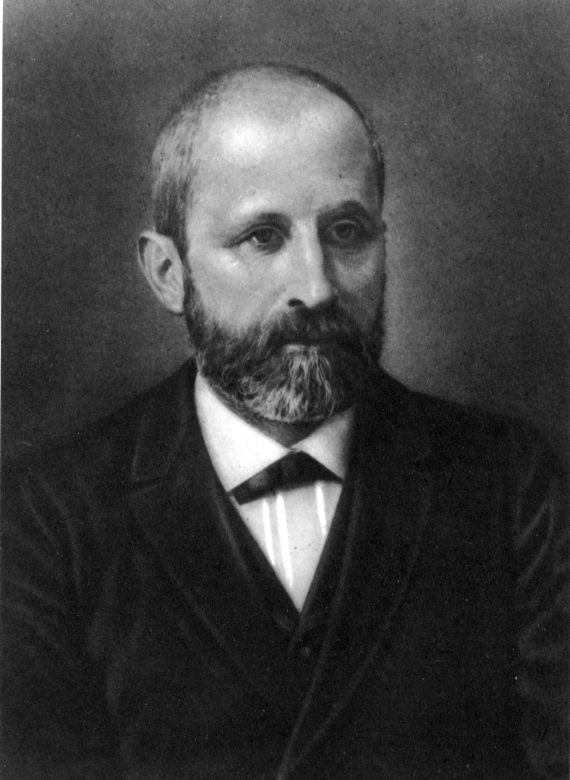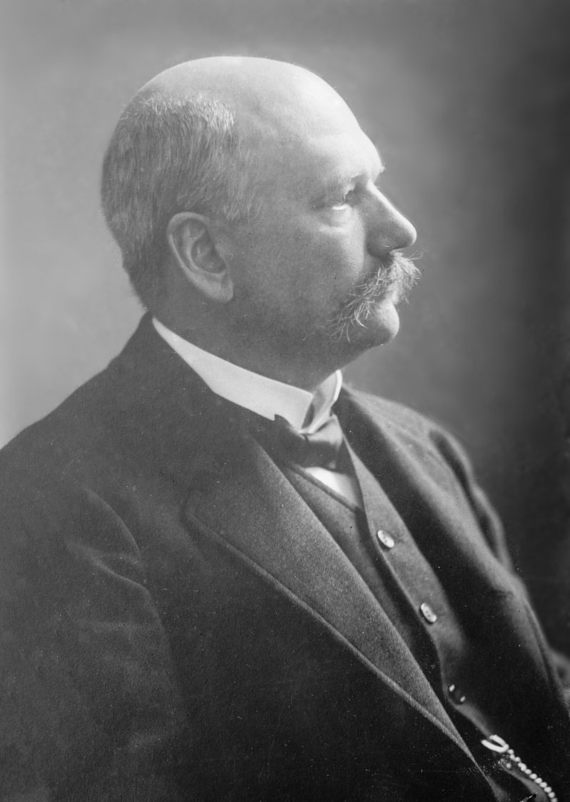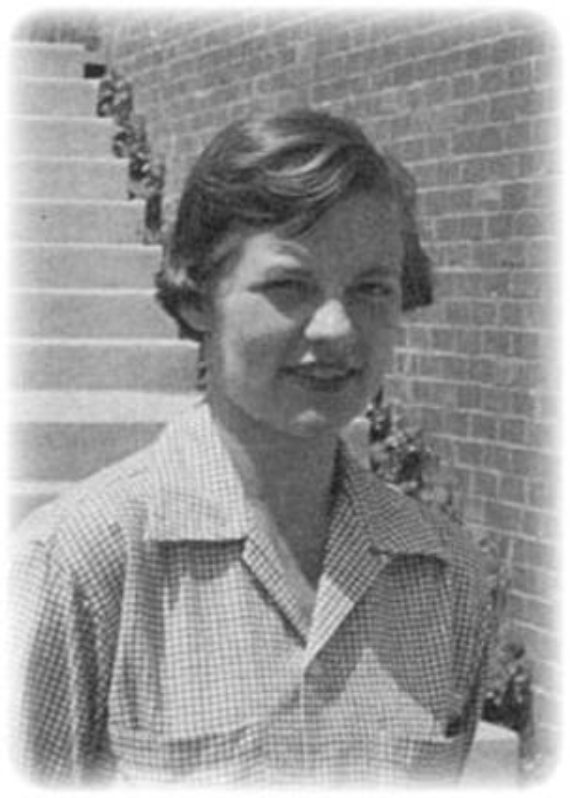On April 25, 1953, Watson and Crick published their famous article on the double helix secondary structure of DNA. They received the Nobel Prize in 1962 due to the impact, even on a visual level, of this structure and especially because it finally clarified that DNA constitutes the genetic material of living beings.
But they did not ‘discover’ DNA as some say, nor its composition and primary structure, and certainly not its significance as genetic material. All of this was the result of previous work of many ‘giants’ (in the sense used by Newton when he announced the law of gravity, recognizing his predecessors), many of whom had been forgotten, never recognized or even disregarded.
The actual discovery of DNA
DNA was discovered in 1869 by the Swiss doctor F. Miescher who was working in Germany. He was a student of Whöler, the scientist who broke the barrier between inorganic and organic chemistry, by synthesizing in a laboratory the urea that only animals were thought to produce. Miescher honed a method to isolate the nuclei of white blood cells obtained from pus on hospital bandages. And in them he found a substance that he called ‘nuclein’, which was different from other substances – proteins, carbohydrates, lipids, etc. as they were known to exist in living beings. His research, however, was not published until 1871 because his laboratory director delayed it to allow time for his own research to be published in the journal.

In any case, the name nucleic acid came from a disciple of Miescher, Richard Altmann (March 12, 1852 – December 8, 1900), who observed that ‘nuclein’ had a strong acidic component.
The composition and primary structure
Immediately after Miescher’s discovery, several researchers started to analyze the chemical composition of nucleic acid. Among them, the German scientist Abrecht Kossel (September 16, 1853 – July 5, 1927), who received the Nobel Prize for his studies of nucleoproteins, stands out, as does Scotland’s Alexander Robert Todd (October 2, 1907 – January 10, 1997). Todd received the Nobel Prize in 1957 for his studies conducted on the composition of DNA starting in the 1940s.

Thanks to their work and the work of several others – such as the Russian – U.S. disciple of Todd, Phoebus Levene (February 25, 1869 – September 6, 1940) – the different components of DNA were identified: phosphoric acid, deoxyribose and four nitrogen bases. Therefore, the binding of an acid molecule to deoxyribose on the one hand, and one of the four nitrogen bases that constitute the four nucleotides that make up DNA on the other: adenine, guanine, cytosine and thymine. And finally, it was clarified that the binding of some nucleotides to the deoxyribose of others with phosphoric acid determines the formation of polynucleotide chains that are then ‘wound’ two-by-two forming double helixes, which is what Watson and Crick eventually contributed.
However, some of this research led to a major error in the field, defending that DNA was a simple, short molecule made of the monochord repetition of four tetranucleotides. Therefore, it greatly limited the possibility of DNA being a variable molecule that could be the foundation of the different characteristics of living beings. By contrast, it was already known that there were up to 20 different amino acids in proteins and that the composition and sequencing of them in the various long chains of proteins was very different from each other. Therefore, the idea prevailed that it was proteins, and not DNA, that made up organisms’ different genes.
Nevertheless, prior to Watson and Crick’s article in 1953, different research existed that indicated, and in some cases, demonstrated that DNA was the real genetic material in organisms, but without much of an audience.
DNA as genetic material
The first step toward recognizing DNA as the genetic material in living beings was taken by the English doctor Frederick Griffith in 1928 through his work with pneumonia bacteria. It was previously known that there were two types of bacteria – one with a rough R shape from not having a polysaccharide covering and another with a smooth S shape, that did have a covering. The first type was not infectious and the second was, due to the effect of the covering on the immune system. And in his own research, Griffith observed that if the S type were heated, it was not longer infectious when injected in mice. But when the mine were injected with heat-inactivated S type and the R type, the infection and death of the mice was observed, recovering in their blood together with other R bacteria. Therefore, he reached the conclusion that in the S bacteria, some transforming principle of the R existed that controlled the bacteria’s infectivity. But he was not able to go beyond that.
A team of Canadian-American researchers identified this transforming principle in the year 1944: Avery, McLeod, McCarty (June 9, 1911 to January 2, 2005). In this case, they were able to separate the different components of the S bacteria, specifically, the proteins on the one hand, and DNA on the other, and even the polysaccharide covering. And then they observed that in cultures of R bacteria, neither polysaccharides nor S proteins are able to transform to S. Only when R bacteria are in contact with the DNA of S proteins does this transformation take place.

With the experiment, the Avery group reached that conclusion that without a doubt, it is the DNA of bacteria that controls their infectivity, and they clarified one of the great mysteries of biology: that DNA is the material that controls the characteristics of living beings. For this reason, Avery was nominated for a Nobel Prize several times. But, reportedly, he never managed to win because the award committee included a researcher who defended the contrary: that proteins were the real genetic material in living beings.
Finally, prior to the publication of the Watson and Crick’s 1953 article, there was another publication that stressed the idea that DNA was the genetic material in living beings. In this case it was an experiment conducted in 1952 by Hershey and Chase. Specifically, they worked with lytic bacteria viruses – bacteriophages, phages. First, they grew the bacteria in mediums that either had precursors of radioactively labeled proteins – with S35 – or DNA – with P32. Then, they infected cultures of bacteria with phages and obtained ‘progeny’ phage that either had their proteins marked, in their capsule, or the DNA in their interior. And with them they were able to observe in a third step that when the cultures of bacteria were infected with phages with marked proteins in non-radioactive mediums, the radioactivity does not penetrate the bacteria. The radioactivity is only observed inside the bacteria when they are infected with phages with their DNA radioactively marked. Therefore, it was DNA that went from one generation of phages to the next.

Unlike Avery, Hershey did receive the Nobel Prize in 1969, but they overlooked Chase, who happened to be a woman. In fact, when mentioned in textbooks, this fact is not mentioned. The case of Martha Chase (November 30, 1927 – August 8, 2003) was another one of several examples of discrimination against women in the history of DNA research during this time. The most well-known is the one ‘committed’ by Watson and Crick with Rosalind Franklin. But it actually occurred since the beginning, with Nettie Stevens, who discovered the sex chromosomes in the early 19th century, the merit for which was attempted to be associated with her boss – all the way to Martha Chase, including, for example Esther Lederberg (December 18, 1922 – November 11, 2006), who in the 1950s contributed to advancing knowledge on DNA in microorganisms together with her husband. Her husband was given the Nobel Prize and she was not. There’s also Barbara McClintock (June 16, 1902 – September 3, 1992), who also developed her idea of the transposition of DNA during this time and had to wait until 1983 to be recognized with a Nobel Prize.
Manuel Ruiz Rejón
Comments on this publication